Trading to extinction
- Published
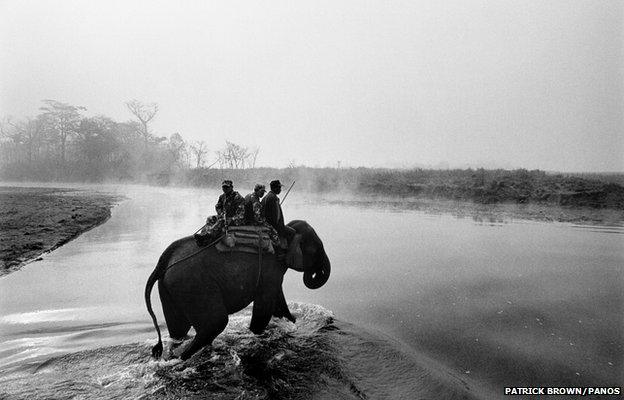
On 14 February, the UK government is hosting an international conference on the illegal trade in wildlife, at which it hopes to obtain high-level political commitment from governments around the world to fight the issue.
According to the government, the illegal wildlife industry is worth more than £6bn each year, and it is growing. Rhino horns can sell for up to £40,000 ($65,000) per kg, making it more expensive than gold. According to Cites - the Convention on the International Trade in Endangered Species - more than 22,000 elephants were slaughtered for their tusks in 2012.
Of course, the issue is not just confined to ivory; many other endangered animals are in demand, either for their perceived medicinal properties or as a status symbol.
Photographer Patrick Brown spent 10 years documenting the illegal trade of endangered animals in Asia and, on the eve of the London conference, the work has been published by Dewi Lewis.
Brown's pictures explore the whole story, from the poachers and those trying to protect the animals, through to the dealers and buyers.
Here's a selection of the work.
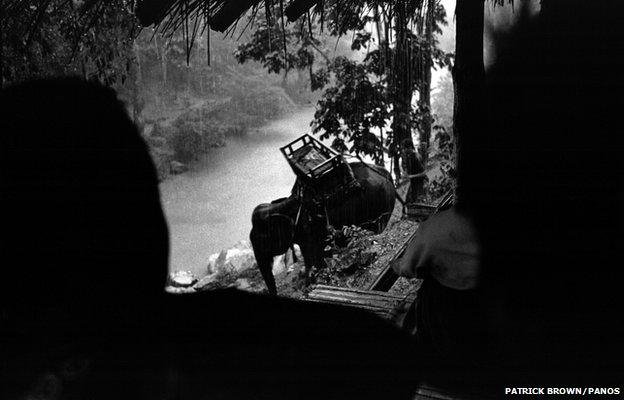
Elephants, employed in illegal logging operations along the river on the Thai-Burmese border, return to camp in the rain, 2003.
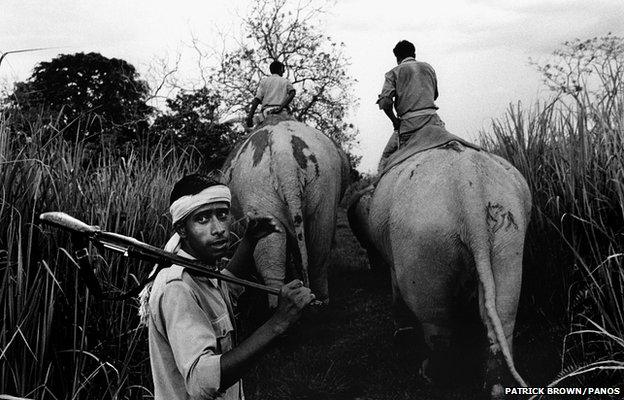
A group of park rangers with elephants patrols Kaziranga National Park, on the lookout for tigers and poachers, 2003.
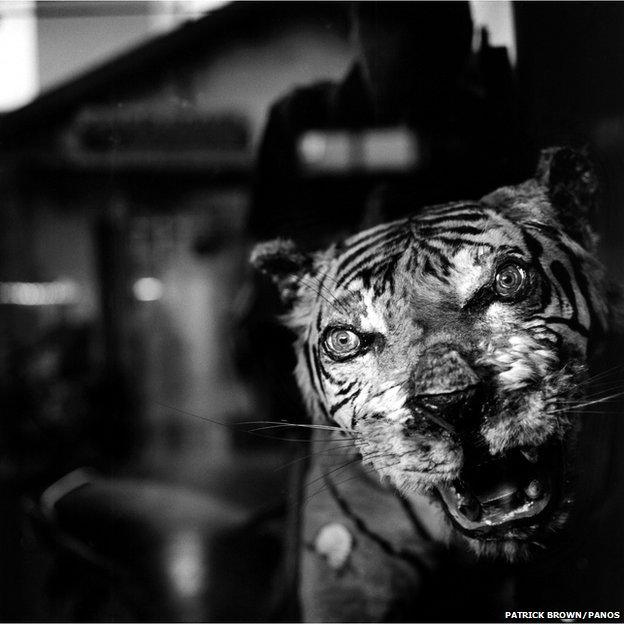
A stuffed tiger on display in a Chinese medicine shop in the coastal town of Phan Thiet, Vietnam, 2007.
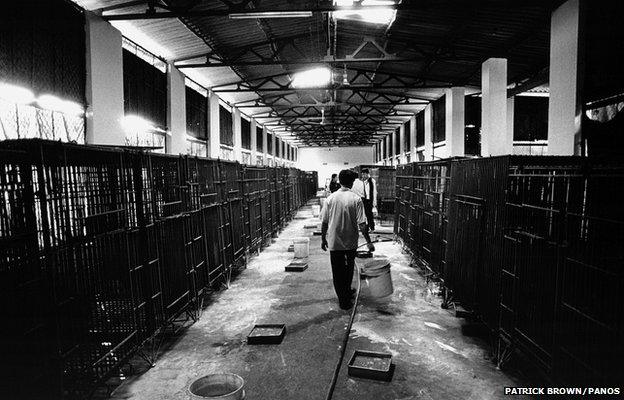
Cages line the walls of a warehouse at a bear farm in Hanoi, Vietnam, 2003. At the time the farm kept more than 290 adult bears in captivity.
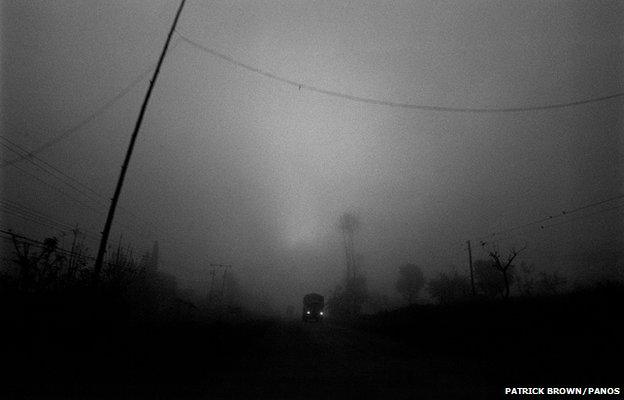
One of the main smuggling routes for poached animals from India is on the far western border of Nepal. The rope hanging across the road indicates the border, 2003.

Journalists are invited to photograph a shipment of pangolins intercepted at Bangkok's international airport as part of a crackdown on trafficking in wild animals, Thailand, 2003.

A customs official reported that the 102 boxes of pangolins were marked as containing turtles, Thailand, 2002. Pangolins are considered a delicacy in parts of Asia and prized for their use in traditional medicine and as an aphrodisiac.

A handcuffed poacher is photographed with a notice bearing details of his name, age and the nature and date of his crime. Operating as part of a poaching team in Bokor national park, he was brought for questioning by members of the National Cambodian Forestry Security service.
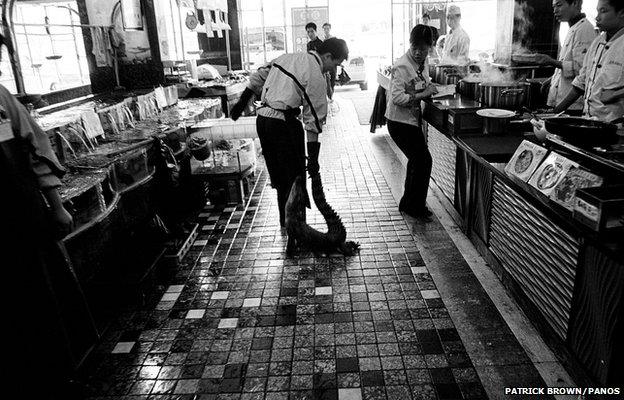
A man drags a live crocodile along the floor of a luxury restaurant in Guangdong, China, in 2009. The crocodile was to be killed and prepared for lunchtime customers.
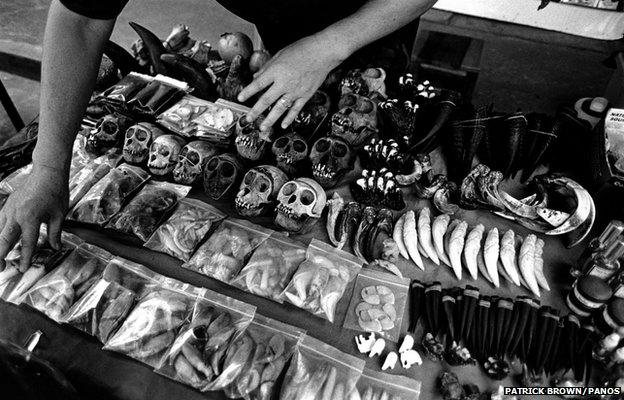
A shop selling wildlife products in the Thailand-Burma border town of Thakhilek, 2003.
You can see more of Patrick Brown's work on his website, external. Trading to Extinction by Patrick Brown is published by Dewi Lewis, external.